Entry Category: Buildings
Dr. James Wyatt Walton House
Dr. T. E. Buffington House
Drew County Courthouse
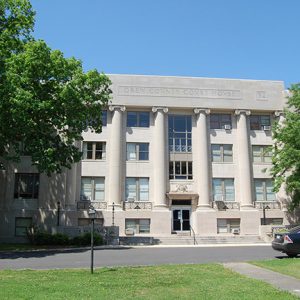 Drew County Courthouse
Drew County Courthouse
 Drew County Museum and Archives
Drew County Museum and Archives
Du Bocage
aka: Judge J. W. Bocage Home
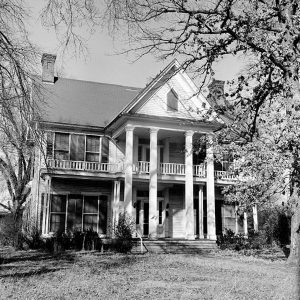 Du Bocage
Du Bocage
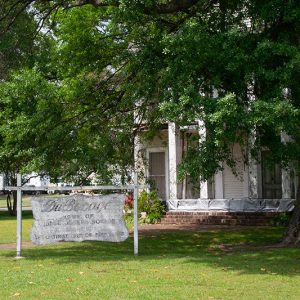 Du Bocage Commemorative Sign
Du Bocage Commemorative Sign
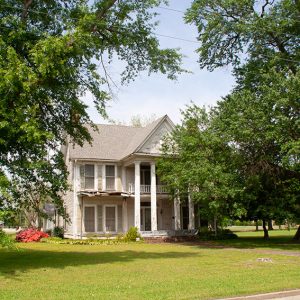 Du Bocage Grounds
Du Bocage Grounds
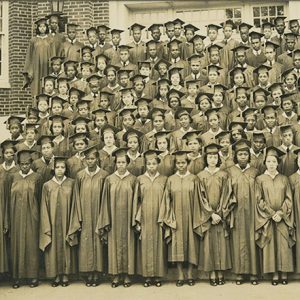 Dunbar High Class of 1939
Dunbar High Class of 1939
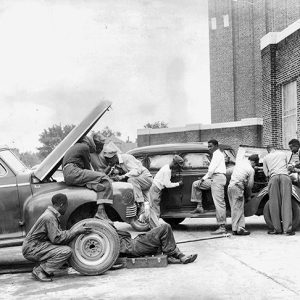 Dunbar High School Auto Mechanics Class
Dunbar High School Auto Mechanics Class
 Dunbar Historic District Home
Dunbar Historic District Home
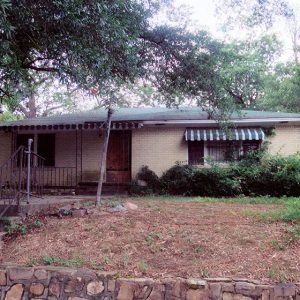 Dunbar Historic District Home
Dunbar Historic District Home
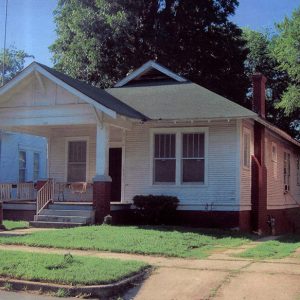 Dunbar Historic District Home
Dunbar Historic District Home
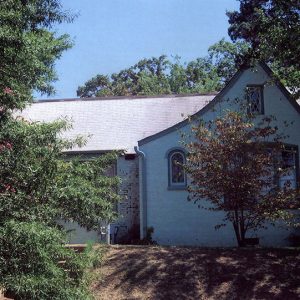 Dunbar Historic District Home
Dunbar Historic District Home
 Dunbar Historic District Home
Dunbar Historic District Home
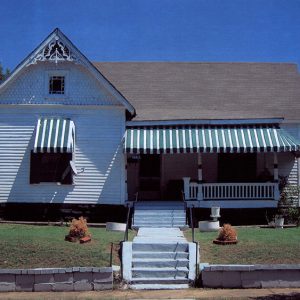 Dunbar Historic District Home
Dunbar Historic District Home
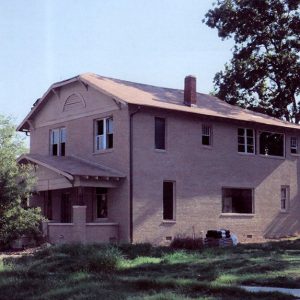 Dunbar Historic District Home
Dunbar Historic District Home
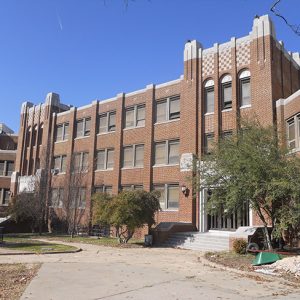 Dunbar Junior and Senior High School
Dunbar Junior and Senior High School
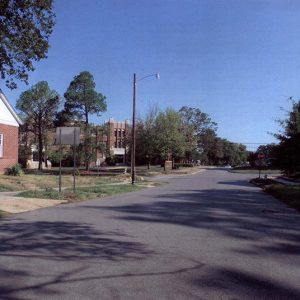 Dunbar School Neighborhood Historic District
Dunbar School Neighborhood Historic District
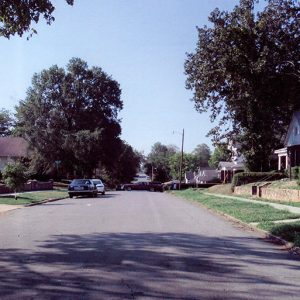 Dunbar School Neighborhood Historic District
Dunbar School Neighborhood Historic District
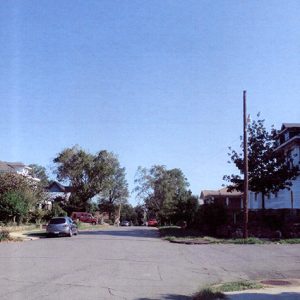 Dunbar School Neighborhood Historic District
Dunbar School Neighborhood Historic District
 Dunbar School Neighborhood Historic District
Dunbar School Neighborhood Historic District
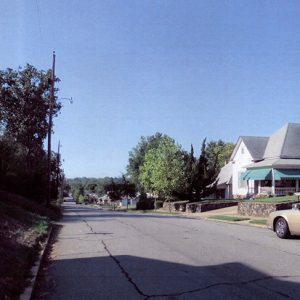 Dunbar School Neighborhood Historic District
Dunbar School Neighborhood Historic District
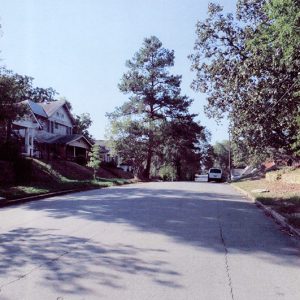 Dunbar School Neighborhood Historic District
Dunbar School Neighborhood Historic District
E. Fay and Gus Jones House
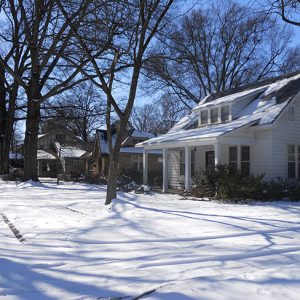 East Hamilton Avenue Historic District
East Hamilton Avenue Historic District
Ed Knight House
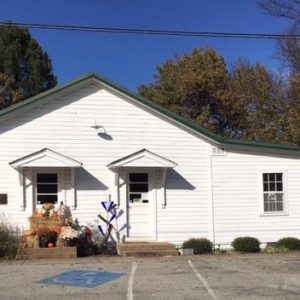 Eddie Mae Herron Center & Museum
Eddie Mae Herron Center & Museum
Eddie Mae Herron Center & Museum
aka: St. Mary’s AME Church (Pocahontas)
aka: Pocahontas Colored School
El Dorado High School Gym
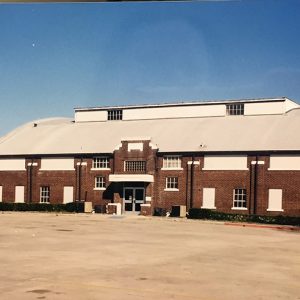 El Dorado High School Gym
El Dorado High School Gym
Elkhorn Tavern
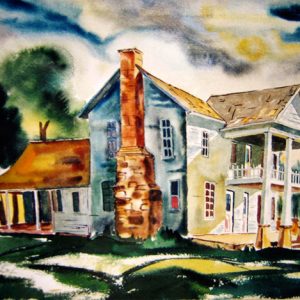 Elkhorn Tavern
Elkhorn Tavern
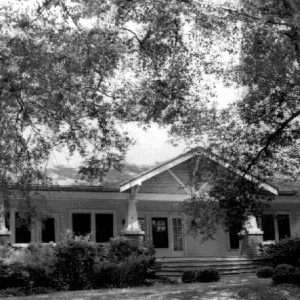 Elliott House
Elliott House
 Elliott House
Elliott House
Elliott House
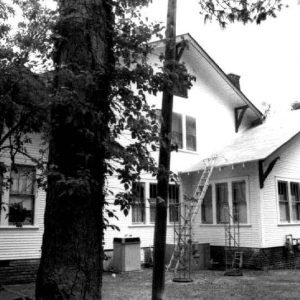 Elliott House Rear View
Elliott House Rear View
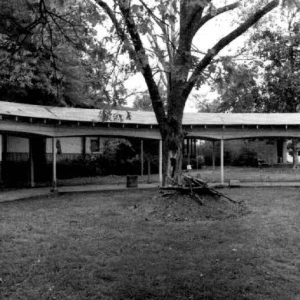 Elliott House Walkway
Elliott House Walkway
Ellis and Charlotte Williamson House
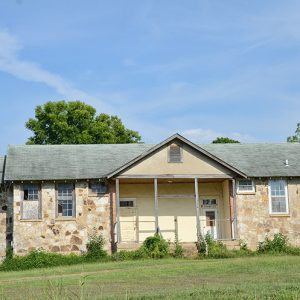 Eros School Building
Eros School Building
Estes-Williams American Legion Hut 61
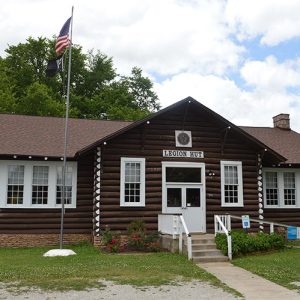 Estes-Williams American Legion Hut 61
Estes-Williams American Legion Hut 61
 Estevan Hall
Estevan Hall
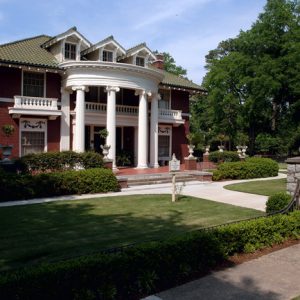 F. O. Rogers House
F. O. Rogers House
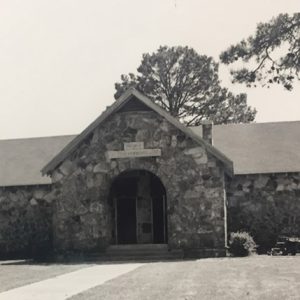 Fair View School
Fair View School
Faulkner County Courthouse
Ferguson House (Pine Bluff)
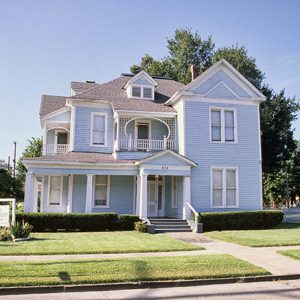 Ferguson House
Ferguson House




